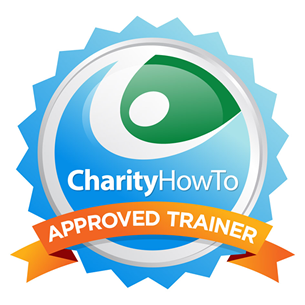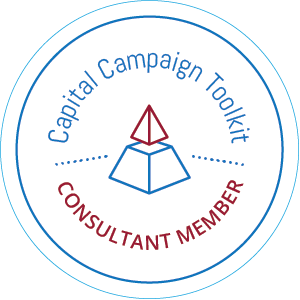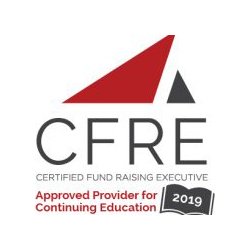Annual campaigns can be run just like capital campaigns. Yes, you heard it right. Far too often, I see an annual campaign as only a single, direct mail campaign. However, you can apply the same campaign structure to annual campaigns as you would capital campaigns and other major gift campaigns.
Below, I outline steps that you can replicate with your annual fundraising campaigns as borrowed from capital campaigns.
- Campaign Budget – Be sure to outline both projected income and expenses for the campaign.
- Case Statement – All good campaigns start from the messaging of need. Be sure to outline your annual fund’s need and how donor contributions make a difference. This case statement can then be made
 nto collateral materials for distribution throughout the campaign time.
nto collateral materials for distribution throughout the campaign time. - Gift Chart – Develop a simple gift chart for your annual campaign goal to determine if your campaign is realistic or not. Include the number of gifts needed and at what giving levels.
- Campaign Kickoff – Yes, you can actually kick off your annual fund campaign by hosting a Campaign Kickoff Celebration with a full slate of developed campaign materials, including a simple tri-fold brochure, pledge forms, and other presentation aids. For those who do not attend the Campaign Kick-Off event, you can then plan on mailing materials after the event.
- Well-defined Campaign Structure – Consider establishing the structure of your annual fund much like a capital campaign by having well-defined “Divisions”, such as Board Giving, Staff Giving, Major Gifts, Special Gifts, Special Events, and Direct Mail. Solicitations must commence using a “Top-Down”/”Inside-Out” approach that mirrors successful capital campaigns in that it solicits the top major donors first and then moves to the next level sequentially. Board and staff should be solicited first as part of the “Inside-Out” approach.
- Well-defined Campaign Period – Create well-defined weeks within the campaign. What makes a campaign a campaign is that there is a start and end period for the campaign, usually over a period of six weeks or so. Be sure to develop a realistic campaign timetable and calendar that charts out how the campaign will unfold during the period. You may advertise your campaign to your constituency, whether in a print or online newsletter, email alerts, or Facebook posts. Stagger communications throughout the weeks.
- Campaign Closing – After six weeks have elapsed, you will need to host a Victory Celebration that announces the completion of the campaign. Send acknowledgments, evaluate the campaign and then begin to plan for next year’s campaign.
- Donor recognition – Be sure that you determine how you are going to recognize donors who either make pledges or gifts to the campaign. Ensure that all anonymous donors are not included as part of the listing. Sometimes by listing out donors, donors who are not listed may decide to contribute to get their name on the list.
Even though you are running an annual fund and not a capital fund, don’t let that stop you from providing the ideal structure to make your campaign a success. Follow the steps above and supercharge your campaign efforts, raising more money through greater structure and effectiveness.
For a free, 30-minute consultation, or to learn more about our “Survive and Thrive” professional coaching services, visit us here at www.hireacfre.com or book your fundraising coaching session at http://calendly.com/developmentconsultingsolutions/30min.
Here are some more resources you may want to check out:










Leave a Reply
Want to join the discussion?Feel free to contribute!